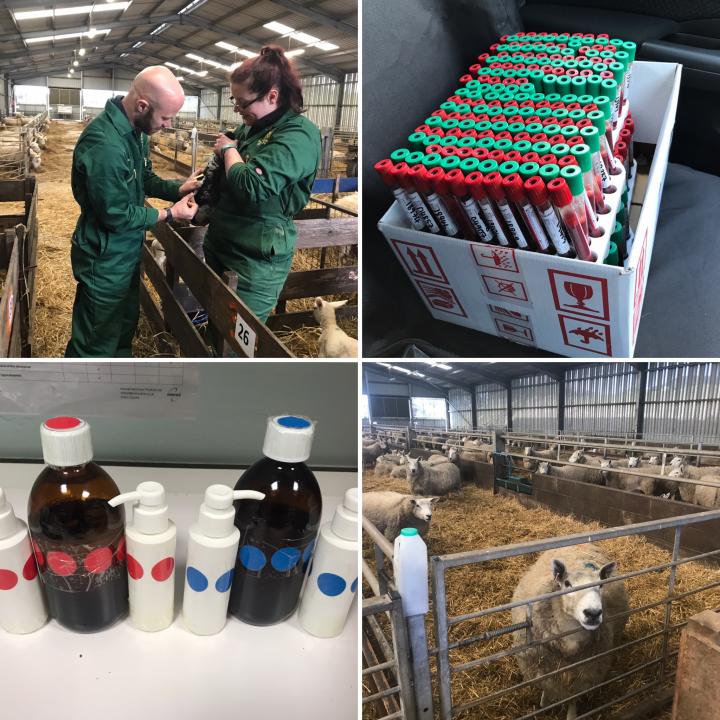Improving neonatal survival of lambs and suckled calves
Aims to develop evidence based advice for farmers to improve neonatal survival of lambs and suckled calves.

The neonatal period is a high risk time for any animal, with the risk of death (as opposed to culling or slaughter) diminishing rapidly with age on most farms. There is an immediate production loss from neonatal death (suckler cows and ewes with no offspring become unproductive units until they give birth again). In addition, neonatal morbidity has a sometimes harder to measure impact on welfare and future production, and leads to prophylactic and reactive antibiotic use. The current practice on most farms, with respect to neonatal health, is extrapolated from evidence from rearing dairy calves, or is based on anecdote and practice. We aim to develop evidence-based advice that enables farmers to develop best practices for their farm - context specific vet-led evidence-based practice.
This project pulls together information on current husbandry practice and farmer attitudes with neonatal morbidity and mortality data to identify practices that increase survival and reduce morbidity and antimicrobial use. This risk based approach will then be integrated into an on-farm health planning tool that will allow farmers and vets to work together to prioritise actions to improve their farm’s calf and lamb performance.
This project is funded by Agriculture and Horticulture Development Board (AHDB) jointly with Hyb Cig Cymru and Quality Meat Scotland, and forms a collaboration between the University of Liverpool, University of Nottingham, and University of Edinburh, and Synergy Farm Health.
The project will be piloting the control plan in the spring of 2020.
Related Links
- Agriculture and Horticulture Development Board (AHDB)
- Hyb Cig Cymru
- Quality Meat Scotland
- Synergy Farm Health
Staff members
Members of staff working on this project within the EERA group and within University of Edinburgh are:

